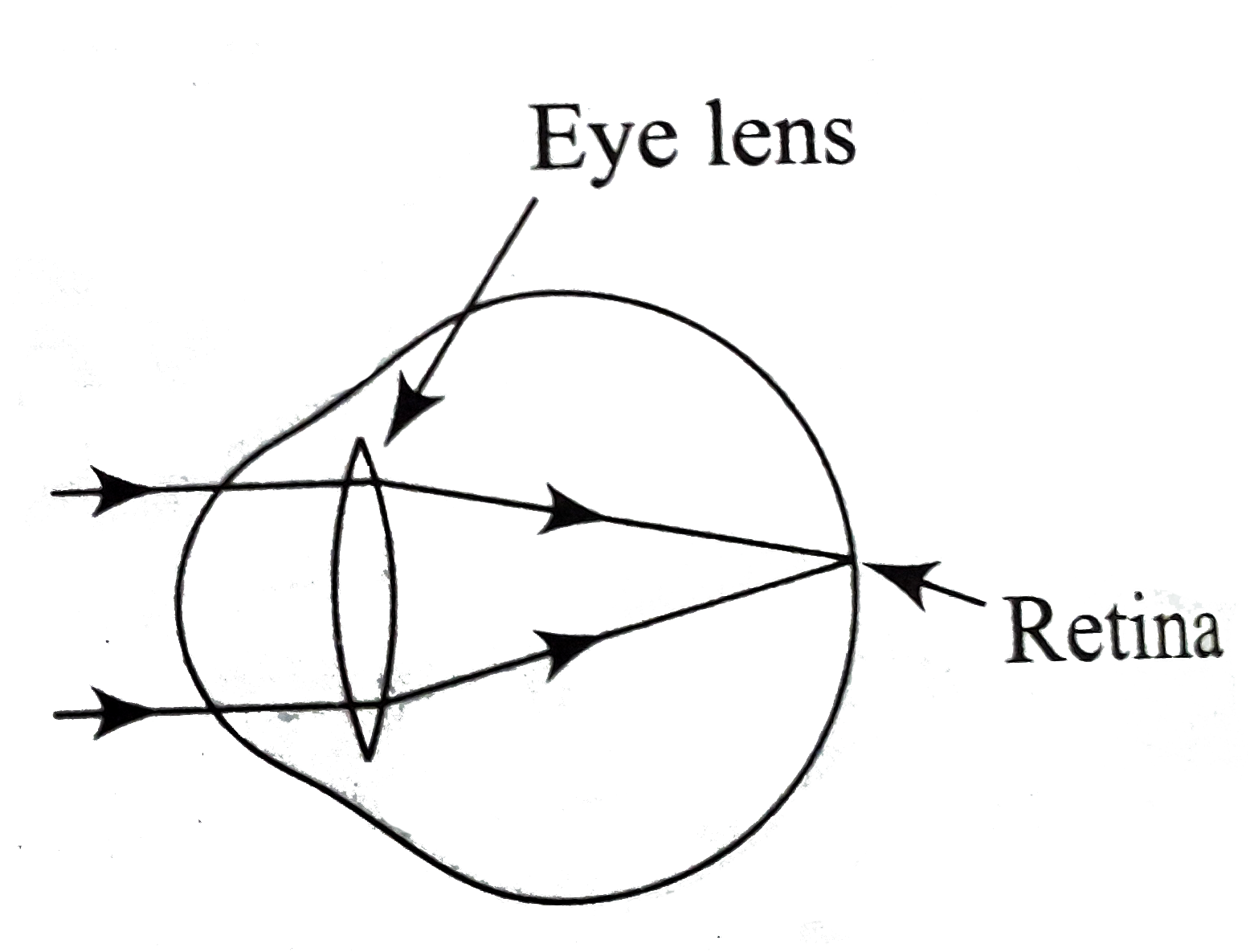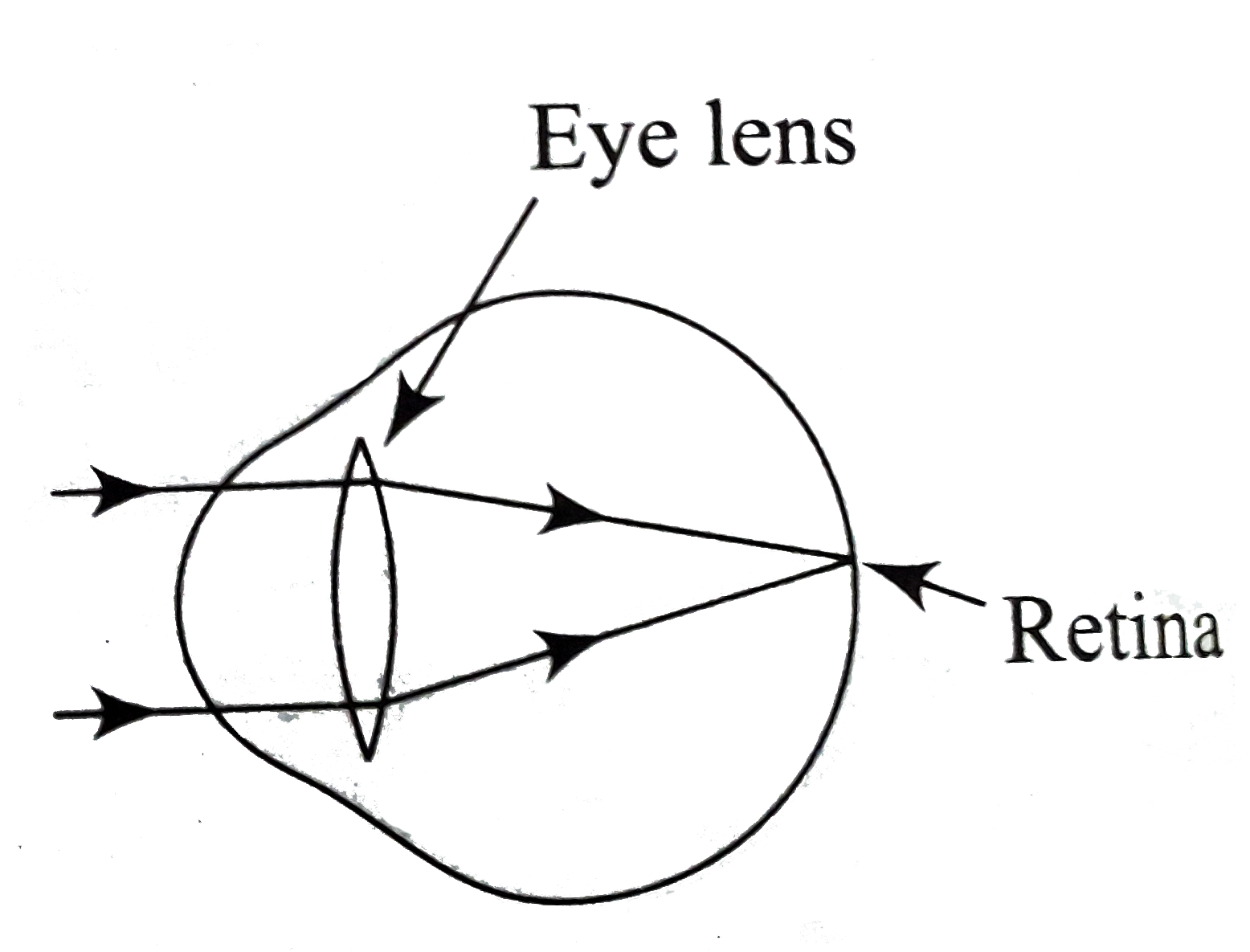A drug addict showed symptoms such as increased appetite, chest pain, redness of eyes, increased urination. He was possibly taking
cannabis compounds
LSD
cocaine
amphetamines
The correct Answer is:A
To solve the question regarding the symptoms exhibited by a drug addict, we will analyze the symptoms and match them with the possible drug options provided.
1. Identify the Symptoms: The symptoms presented are:
- Increased appetite
- Chest pain
- Redness of eyes
- Increased urination
2. Analyze Each Drug Option:
- Cannabis Compounds: Known to cause increased appetite (often referred to as "the munchies"), redness of eyes, and can lead to increased urination. It can also affect the cardiovascular system, potentially causing chest pain.
- LSD (Lysergic Acid Diethylamide): Primarily causes hallucinations and altered perceptions but does not typically cause increased appetite or redness of eyes.
- Cocaine: A stimulant that can lead to increased heart rate and chest pain but does not typically cause increased appetite or redness of eyes.
- Amphetamines: These are stimulants that can suppress appetite and may cause increased heart rate, but do not typically lead to increased urination or redness of eyes.
3. Match Symptoms to Drug Effects:
- The symptoms of increased appetite, redness of eyes, and increased urination strongly align with the effects of cannabis compounds.
- The other drugs do not exhibit all these symptoms together.
4. Conclusion: Based on the analysis, the drug that the addict was possibly taking is cannabis compounds.
Final Answer:
The drug addict was possibly taking cannabis compounds.
---
- Increased appetite
- Chest pain
- Redness of eyes
- Increased urination
- Cannabis Compounds: Known to cause increased appetite (often referred to as "the munchies"), redness of eyes, and can lead to increased urination. It can also affect the cardiovascular system, potentially causing chest pain.
- LSD (Lysergic Acid Diethylamide): Primarily causes hallucinations and altered perceptions but does not typically cause increased appetite or redness of eyes.
- Cocaine: A stimulant that can lead to increased heart rate and chest pain but does not typically cause increased appetite or redness of eyes.
- Amphetamines: These are stimulants that can suppress appetite and may cause increased heart rate, but do not typically lead to increased urination or redness of eyes.
- The symptoms of increased appetite, redness of eyes, and increased urination strongly align with the effects of cannabis compounds.
- The other drugs do not exhibit all these symptoms together.
The drug addict was possibly taking cannabis compounds.
Similar Questions
A young drug addict used to show symptoms of depressed brain activity, feeling of calmness, relaxation and drowsiness. Possibly he was taking:
View SolutionA young drug addict used to show symptoms of depressed brain activity, feeling of calmness, relaxation and drowsiness. Possibly he was taking:
View Solution
Knowledge Check
Bulging of eyes, increased BMR, BP and heart rate are symptoms of
AcretinismBmyxedemaCgoitreDexophthalmic goitre
A factory was started near a village. Suddenly villagers started feeling the presence of irriting vapour in the village and cases of headache, chest pain, cough, dryness of throat and breathing problems increased. Villagers blamed the emissions from the chimney of the factory for such problems. Explain what colud have happend. Give chemical reactions for the support of your explanation.
View SolutionA man get infected thought contaminated food. He shows the following symptoms: stomach pain, high fever, constipation ,and headache. Which of the following diseases in the man suffering from?
View SolutionEvery time when the dosage of drug has to be increased to achieve the same kick, that initially occurred in response to a smaller dose, the condition is known as
(a) Addiction
(b) Tolerance
(c) Withdrawal symptom
(d) Rebound effect
View SolutionNiels Bohr a Danish physicist received his PhD from the University of Copenhagen in 1911. He that spent a year with J.J. Thomson and Ernest Rutherford in England. In 1913, he returned to Copenhagen Where he remained for the rest of his life. In 1920 he was named Director of the Institute of theory! Physics After first World War Bohr worked energetically for peaceful uses of atomic energy recieved the first Atoms for Peace award in 1957 Bohr was awarded the Nobel Prize in Physics 1922
(a) The Angular momentum of an electron in a given stationary state can be expressed as mevr=h2π
where n=1, 2,3 ...... Thus an electron can move only in those orbits for which its angular momentum is integral multiple of h/2π that is why only certain fixed orbits are alowed
(b) The radii of the stationary states are expressed as rn=n2a0 where a0=52.9 pm. Thus the radius the first stationary state, called the Bohr radius, is 52.9 pm. Normally the electron in the hydrogen atom is found in this orbit (that is n =1). As n increases the value of r will increase
(c) The most important property associated with the electronEn=−2.18×10−18(Z2n2)J n=1,2,3
(d)it is also possible to calculate to calculate the velocities of electrons moving in these orbits by using vn=2.18106×Znm/sec. Qualitatively the magnitude of velocity of electron increases with increase of positive charge on the nucleus and decreases with increases the value of n.
(e)Bohr's theory can also be applied to th ions containing only one electron, similar to that present it hydrogen atom. For example , He+Li2+,Be3+ and so on.
given by the expression Ex=-218x n=1,2,3 (d) It is also possible to calculate the velocities of electrons moving in these orbits by using V 2.1810 cm/sec Qualitatively the magnitude of velocity of electron increases with increase of positive charge on the nucleus and decreases with increase the value of n (e) Bohr's theory can also be applied to the ions containing only one electron, similar to that presenti hydrogen atom For example, Help, Be and so on
Choose the correct statement
View SolutionNiels Bohr a Danish physicist received his PhD from the University of Copenhagen in 1911. He that spent a year with J.J. Thomson and Ernest Rutherford in England. In 1913, he returned to Copenhagen Where he remained for the rest of his life. In 1920 he was named Director of the Institute of theory! Physics After first World War Bohr worked energetically for peaceful uses of atomic energy recieved the first Atoms for Peace award in 1957 Bohr was awarded the Nobel Prize in Physics 1922
(a) The Angular momentum of an electron in a given stationary state can be expressed as mevr=h2π
where n=1, 2,3 ...... Thus an electron can move only in those orbits for which its angular momentum is integral multiple of h/2π that is why only certain fixed orbits are alowed
(b) The radii of the stationary states are expressed as rn=n2a0 where a0=52.9 pm. Thus the radius the first stationary state, called the Bohr radius, is 52.9 pm. Normally the electron in the hydrogen atom is found in this orbit (that is n =1). As n increases the value of r will increase
(c) The most important property associated with the electronEn=−2.18×10−18(Z2n2)J n=1,2,3
(d)it is also possible to calculate to calculate the velocities of electrons moving in these orbits by using vn=2.18106×Znm/sec. Qualitatively the magnitude of velocity of electron increases with increase of positive charge on the nucleus and decreases with increases the value of n.
(e)Bohr's theory can also be applied to th ions containing only one electron, similar to that present it hydrogen atom. For example , He+Li2+,Be3+ and so on.
given by the expression Ex=-218x n=1,2,3 (d) It is also possible to calculate the velocities of electrons moving in these orbits by using V 2.1810 cm/sec Qualitatively the magnitude of velocity of electron increases with increase of positive charge on the nucleus and decreases with increase the value of n (e) Bohr's theory can also be applied to the ions containing only one electron, similar to that presenti hydrogen atom For example, Help, Be and so on
Choose the incorrect curve :
if v=velocity of electron in Bohr's orbit
r=Radius of electron in Bohr's orbit
P.E.=Potential energy of electron in Bohr's orbit
K.E.=Kinetic energy of the electron in Bohr's orbit.
View SolutionThe ciliary muscles of eye control the curvature of the lens in the eye and hence can alter the effective focal length of the system. When the muscles are fully relaxed, the focal length is maximum. When the muscles are strained, the curvature of lens increases. That means radius of curvature decreases and focal length decreases. For a clear vision, the image must be on the retina. The image distance is therefore fixed for clear vision and it equals the distance of retina from eye lens. It is about 2.5cm for a grown up person.
A perosn can theoretically have clear vision of an object situated at any large distance from the eye. The smallest distance at which a person can clearly see is related to minimum possible focal length. The ciliary muscles are most strained in this position. For an average grown up person, minimum distance of the object should be around 25cm.
A person suffering from eye defects uses spectacles (eye glass). The function of lens of spectacles is to form the image of the objects within the range in which the person can see clearly. The image o the spectacle lens becomes object for the eye lens and whose image is formed on the retina.
The number of spectacle lens used for th eremedy of eye defect is decided by the power fo the lens required and the number of spectacle lens is equal to the numerical value of the power of lens with sign. For example, if power of the lens required is +3D (converging lens of focal length 100/3cm ), then number of lens will be +3.
For all the calculations required, you can use the lens formula and lensmaker's formula. Assume that the eye lens is equiconvex lens. Neglect the distance between the eye lens and the spectacle lens.

Q. Minimum focal length of eye lens of a normal peson is
View SolutionThe ciliary muscles of eye control the curvature of the lens in the eye and hence can alter the effective focal length of the system. When the muscles are fully relaxed, the focal length is maximum. When the muscles are strained, the curvature of lens increases. That means radius of curvature decreases and focal length decreases. For a clear vision, the image must be on the retina. The image distance is therefore fixed for clear vision and it equals the distance of retina from eye lens. It is about 2.5cm for a grown up person.
A perosn can theoretically have clear vision of an object situated at any large distance from the eye. The smallest distance at which a person can clearly see is related to minimum possible focal length. The ciliary muscles are most strained in this position. For an average grown up person, minimum distance of the object should be around 25cm.
A person suffering from eye defects uses spectacles (eye glass). The function of lens of spectacles is to form the image of the objects within the range in which the person can see clearly. The image o the spectacle lens becomes object for the eye lens and whose image is formed on the retina.
The number of spectacle lens used for th eremedy of eye defect is decided by the power fo the lens required and the number of spectacle lens is equal to the numerical value of the power of lens with sign. For example, if power of the lens required is +3D (converging lens of focal length 100/3cm ), then number of lens will be +3.
For all the calculations required, you can use the lens formula and lensmaker's formula. Assume that the eye lens is equiconvex lens. Neglect the distance between the eye lens and the spectacle lens.

Q. Maximum focal length of a eye lens of a normal person is
View Solution
